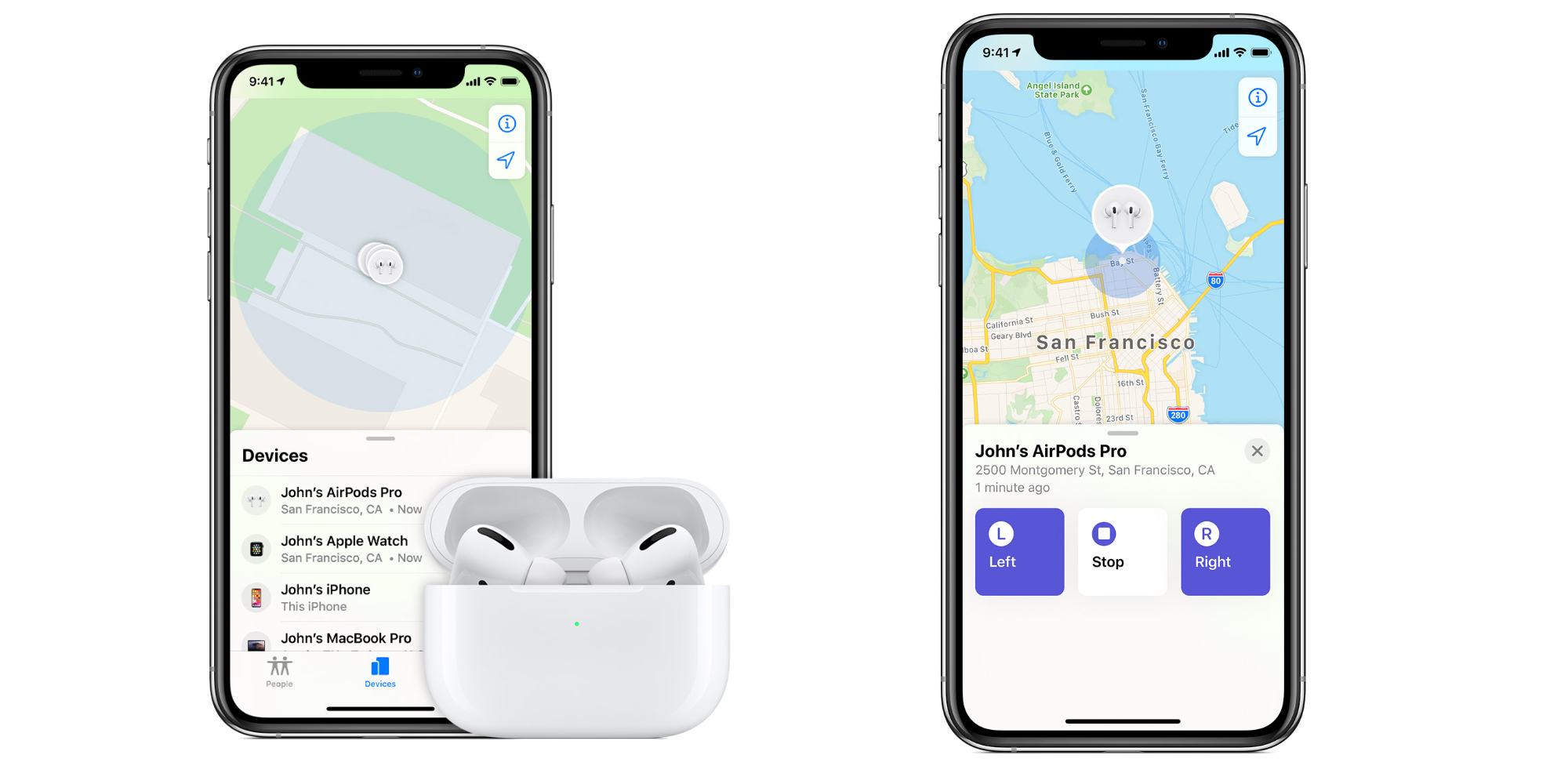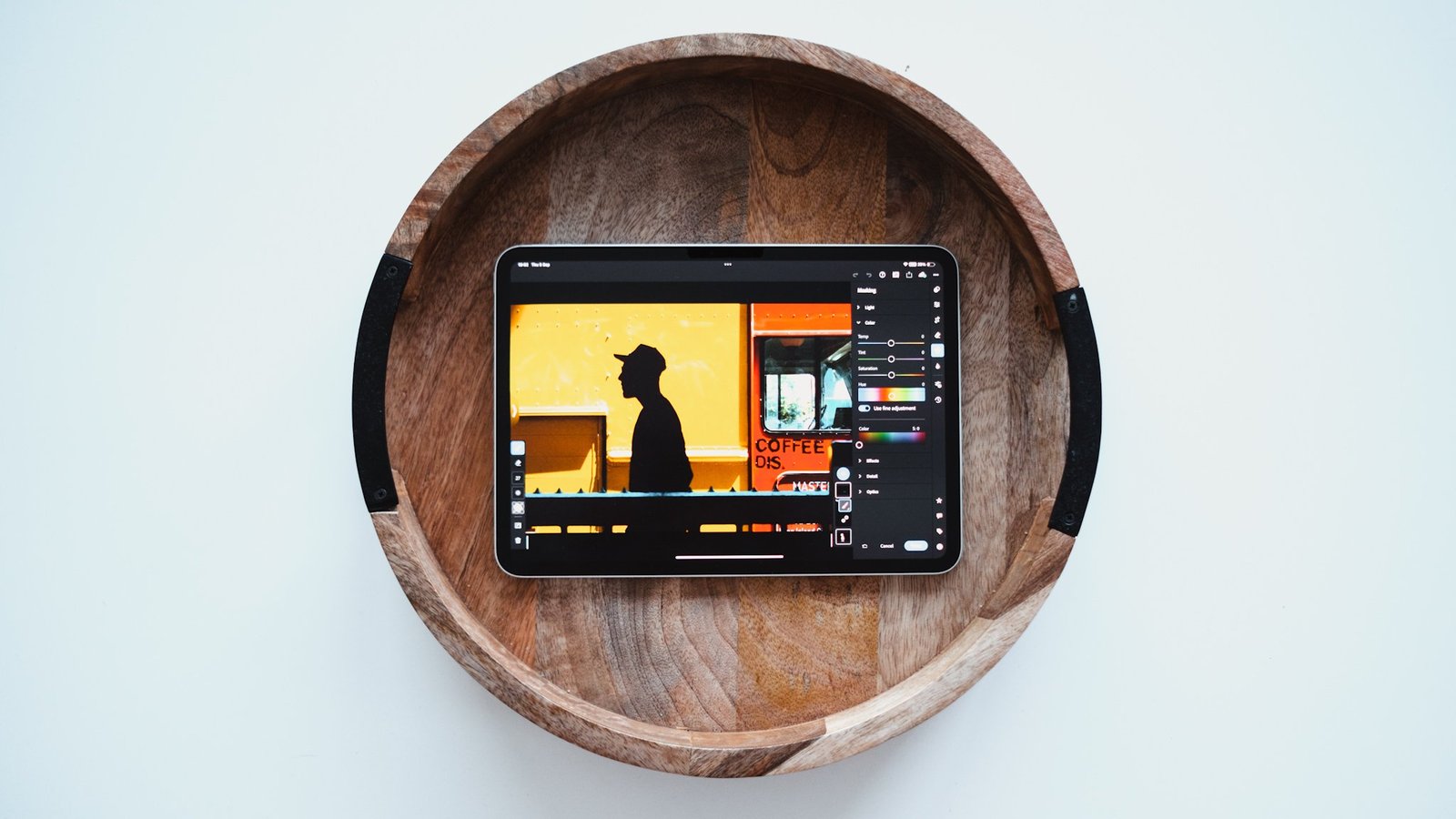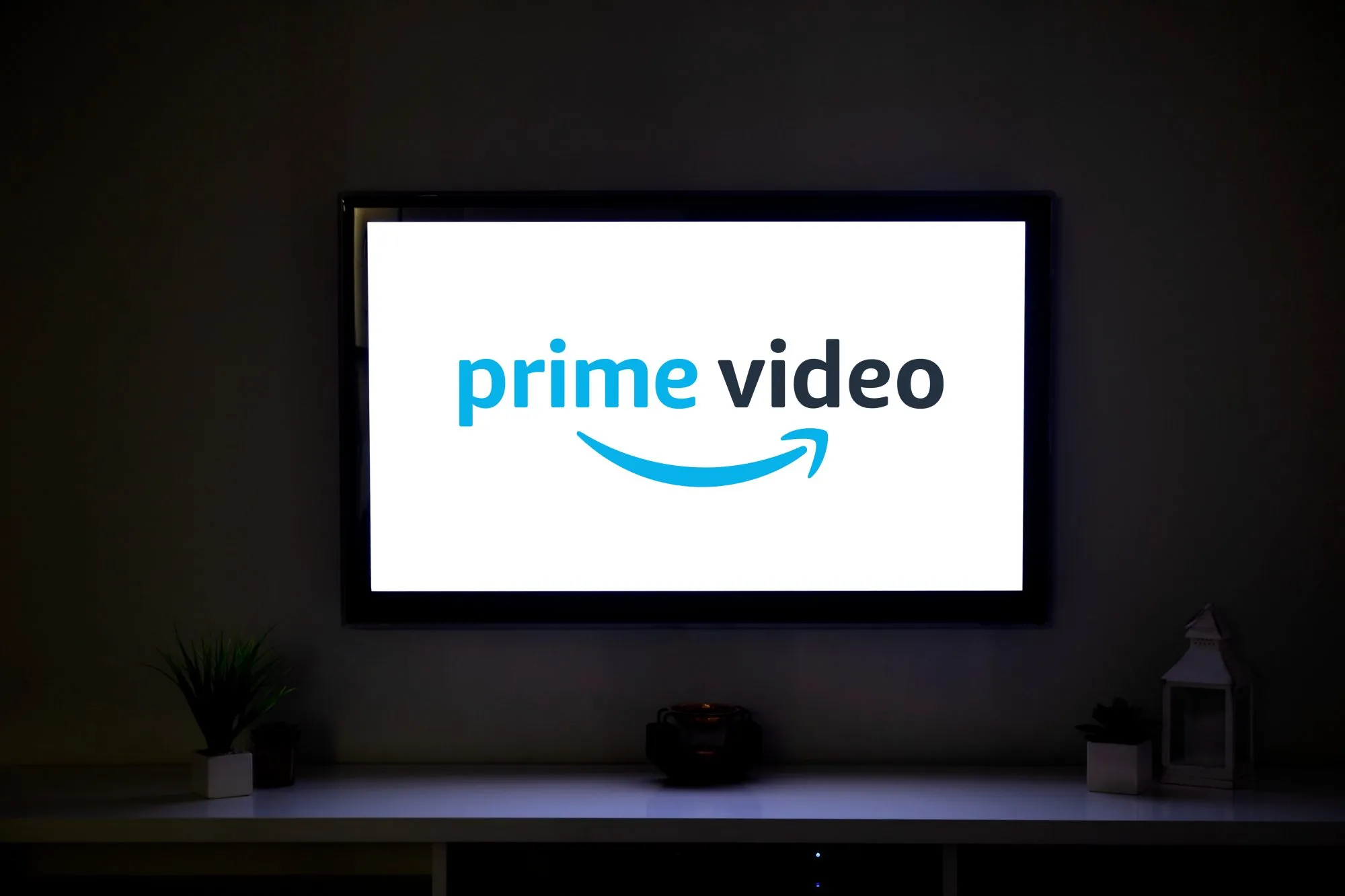Dell’s recent revamp of its XPS 14 laptop for 2024 signals a bold stride towards modernizing its hardware and design to cater to the evolving demands of its users. The redesigned XPS 14 emerges as a potent blend of performance and portability, albeit with some notable shifts that may polarize consumers.
At the heart of the XPS 14’s design overhaul is its adoption of a 14.5-inch 16:10 display, available in both 3.2K touch OLED and FHD+ non-touch IPS variants. The OLED option, praised for its vivid colors and deep contrasts, is offset by its susceptibility to brightness issues and potential burn-in, whereas the IPS panel offers greater brightness suitable for outdoor usage. Despite the allure of the OLED, its quirks may sway users towards the more traditional, albeit less striking, IPS display.
Performance-wise, the XPS 14 is powered by Intel’s Meteor Lake Core Ultra H processors, with options that include the Core Ultra 7 155H and the more robust Ultra 165H. It also features optional Nvidia RTX 4000 series graphics and up to 64 GB of LPDDR5x RAM, positioning it as a formidable tool for both general productivity and more demanding graphical tasks. However, it’s important to note that while the laptop can handle moderate gaming and content creation, it isn’t engineered to be a gaming powerhouse.
In terms of connectivity, the XPS 14 opts for minimalism, featuring primarily USB-C ports alongside a micro SD card-reader and an audio jack. This choice aligns it with contemporary design trends but may frustrate users who prefer more traditional port options without reaching for adapters.
One of the more innovative, yet controversial, features introduced is the top “touch function” row, replacing physical keys with touch-sensitive buttons. This includes a ‘Copilot key‘, whose current function seems underutilized but hints at potential future capabilities.
With these changes, Dell’s XPS 14 illustrates a willingness to embrace new technologies while balancing the core needs of its user base. This approach, while risky, could redefine user expectations for what a mid-size laptop can deliver in terms of performance and portability.

















Add Comment